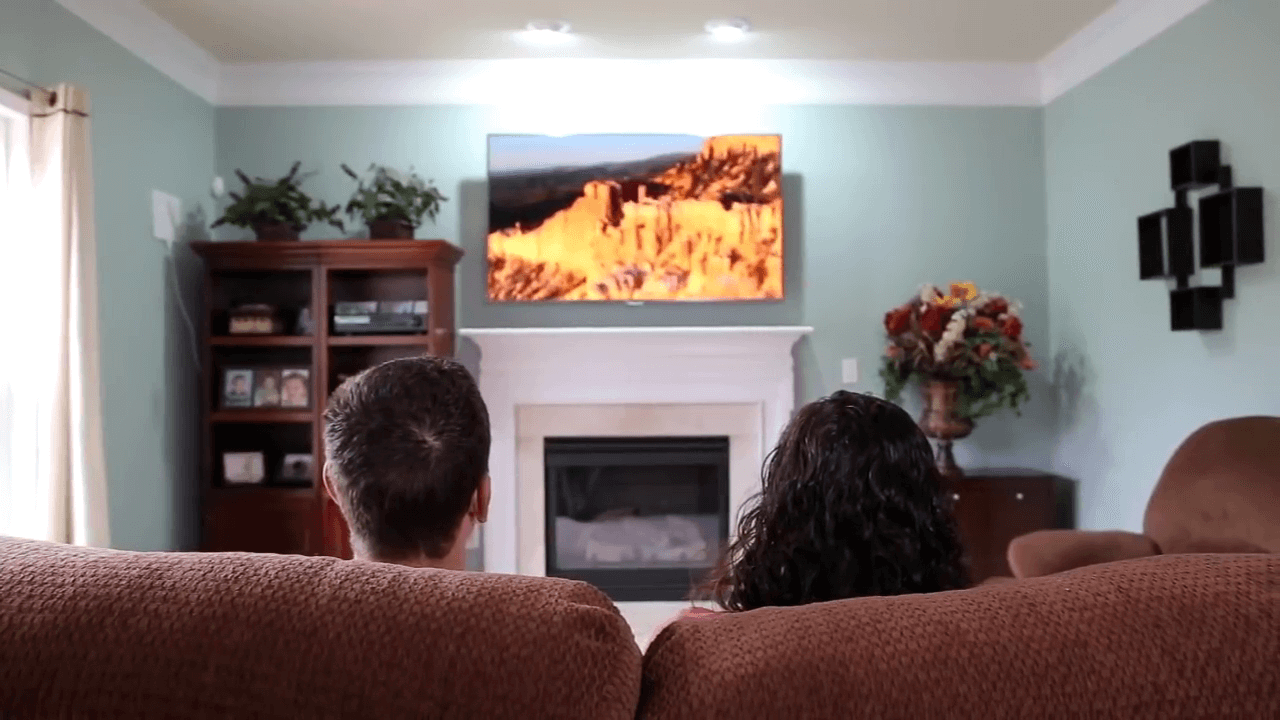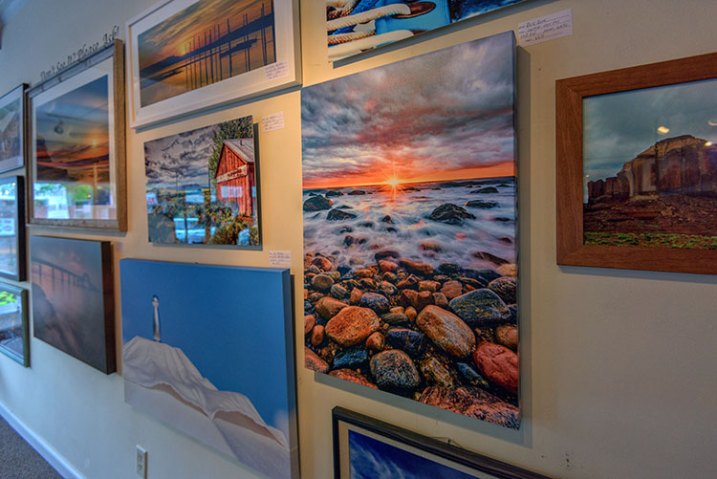In the event that you have recently found some fabulous old photos in your loft or storage room, you’ll most likely need to make duplicates for family members, or enlargements to hang in your own home. Without a photograph’s unique negative, you can’t just reprint the image at a larger size. You can notwithstanding, make high-resolution enlargements from a printed version photo by scanning the image and printing an enlargement from the PC. On the off chance that you don’t possess your own scanner, don’t stress; many duplicate communities have scanners and PCs that you can use for a little charge.
Step 1
Turn on the PC and the scanner, and open the PC’s scanning or image-altering programming.
Step 2
Open the scanner and spot your old photo face down on the scanner glass.
Step 3
Go to the “Document” menu in the scanner or photograph altering programming and select “Import” and “From scanner.” You could possibly choose the specific name of the scanner effectively associated with the PC, for example, “Epson V500” or “HP Scanjet G4050.”
Step 4
Select the kind of archive you are scanning from the new scanning alternatives window. You will actually want to pick between “Shading picture,” “Highly contrasting picture” or “Text Document.”
Step 5
Select an ideal record design for the scanned image. You can presumably pick between JPEG (Joint Photographic Experts Group) configuration and TIF or TIFF (Tagged Image File) design. The TIF design turns out best for enlarging images; these documents are larger and can uphold more prominent detail and resolution than JPEG records.
Step 6
Select an ideal image resolution for the scanned image. You should indicate this resolution with a “dpi” number. “Dpi” means “dabs per inch,” which means the number of pixels per inch in the image. Select a dpi of at any rate 600. An image resolution of 600 dpi should deliver excellent enlargements from little unique photos.
Step 7
Snap “See” to see a preview scan of the image at your picked resolution. Change the photo’s arrangement on the scanning glass if the image seems abnormal. You can likewise choose a more explicit space of the picture to scan by making a container over the see scan utilizing your mouse.
Step 8
Snap “scan” to scan the image, and save the document.
Step 9
print the image at home in the event that you have a great printer, or save the image document to a CD or glimmer drive and take it to a duplicate place for printing.
Have Adobe Photoshop on your PC? That changes things only a tad. You actually will not have the option to (and presumably shouldn’t) enlarge your image to intense extents, yet the quality will be better in the event that you follow these steps:
1. Open your image in Photoshop.
2. Go to the image Size discourse, check to resample, and select “Preserve Details” in the corresponding dropdown menu.
3. Make sure the resolution is set to 300 Pixels/Inch.
4. Set Width and Height to inches and conform to enlarge your image. (Keep in mind, you presumably don’t have any desire to go past double the size of your unique image!)
5. Save the now enlarged image as a “Smart Object” on the off chance that you haven’t as of now.
6. Duplicate the layer and set the mix mode to “delicate light.”
7. Apply a “High Pass” channel.
8. Create an improved edge by changing the see. (This will take a couple of attempts to dial in!)
With a feeling of how big you can go close by, it’s an ideal opportunity to think about a portion of the kinds of photo prints. Our Large Format prints pair giclée print quality with chronicled paper for consistent with life preservation of those larger-than-life minutes.
Please visit The Imaging Professionals studio at 173a Walsgrave Road, Coventry CV2 4HH for bespoke photo enlargement and framing services or call +442476101687, +447585260889 to discuss your requirements.
The Imaging Professionals also offers VHS to DVD/USb conversion, 35mm Photo Slide Scanning, Picture Framing, and old Photo Restoration/Enlargement services.


